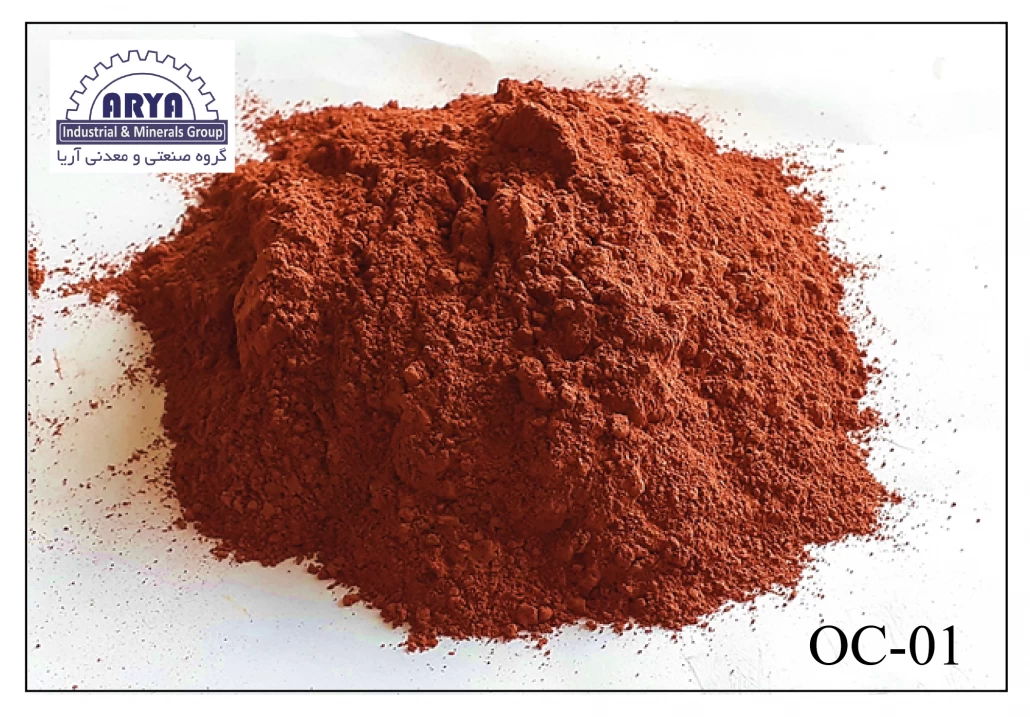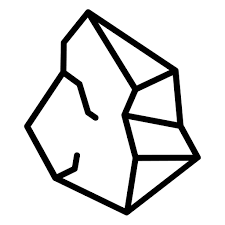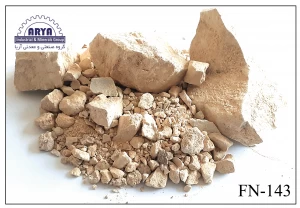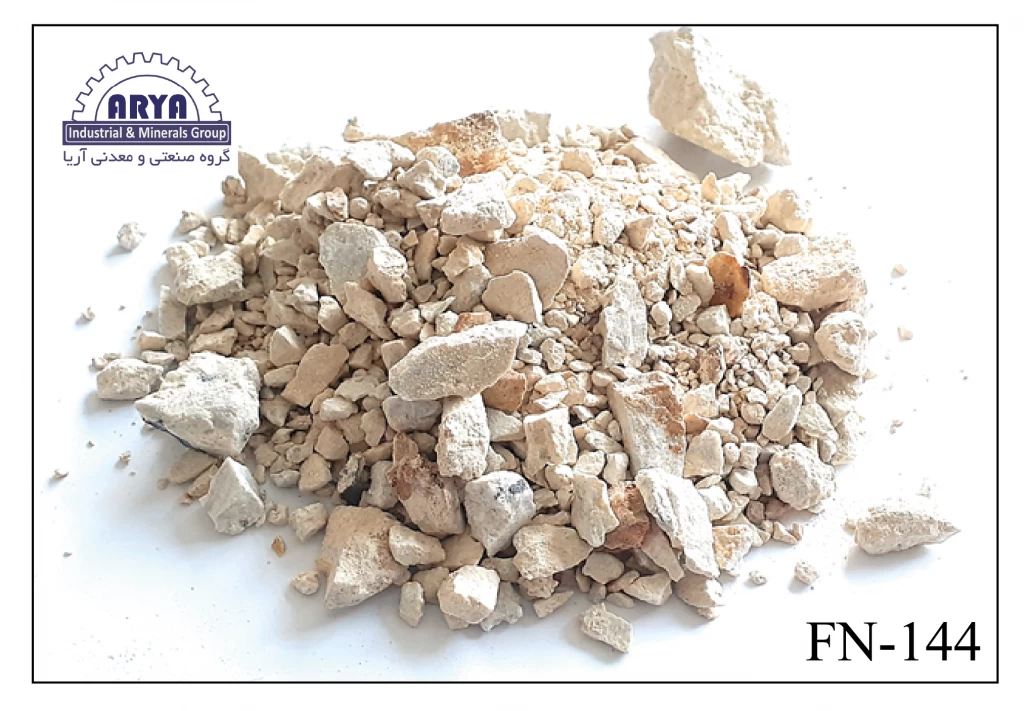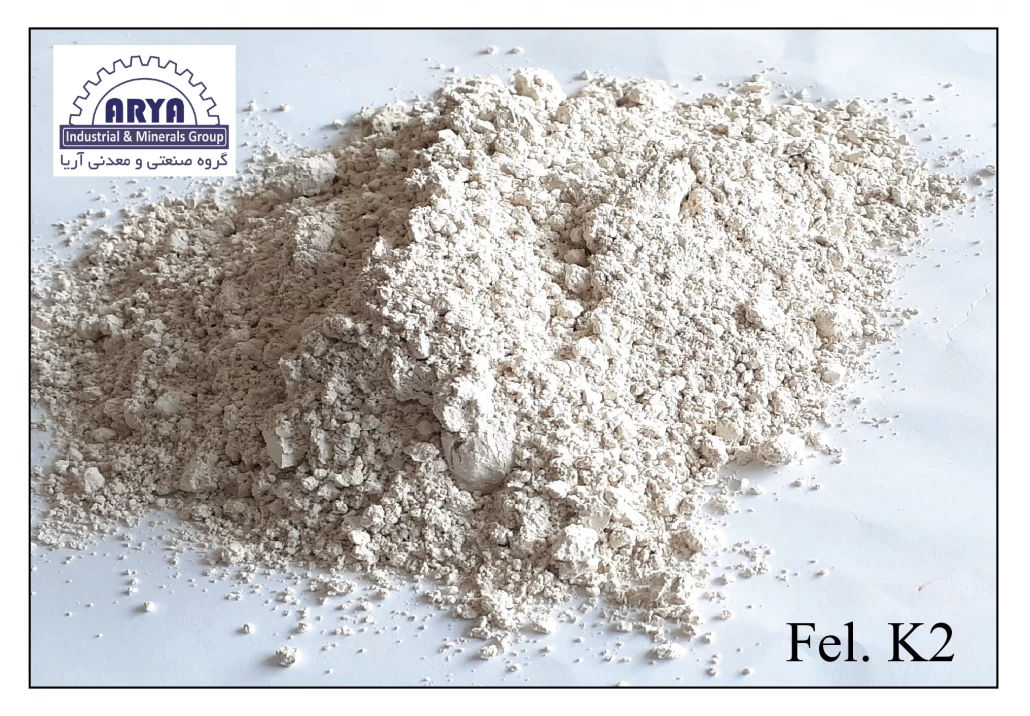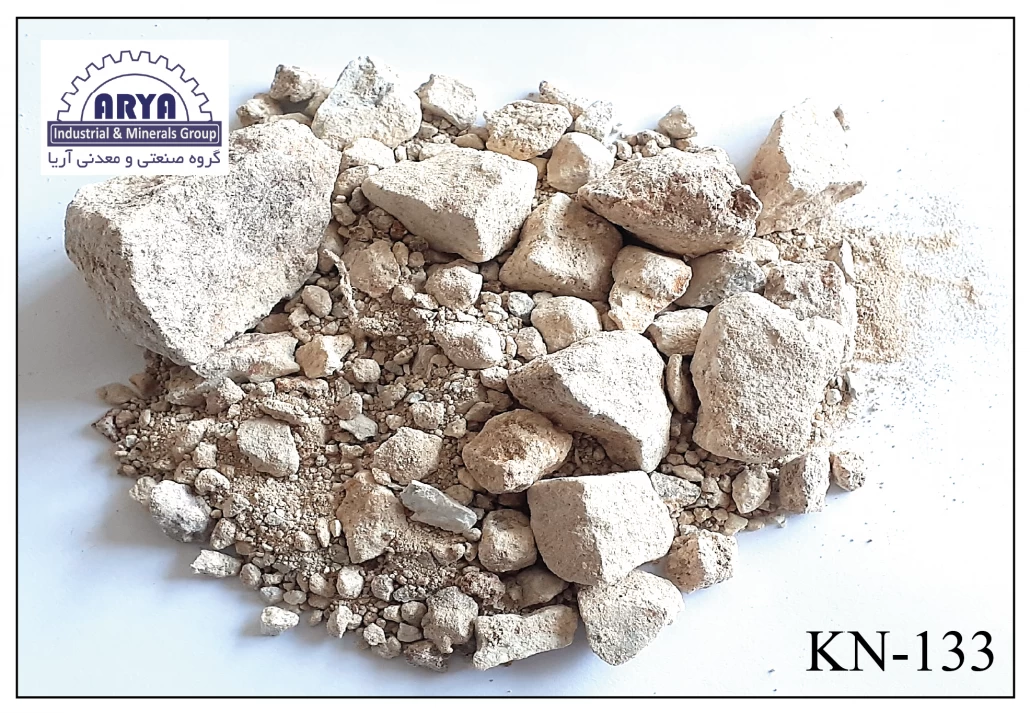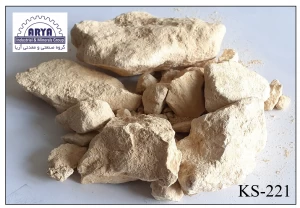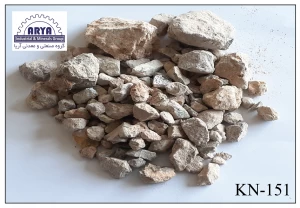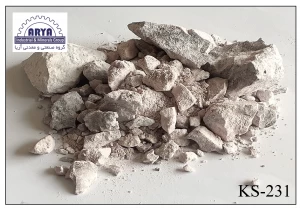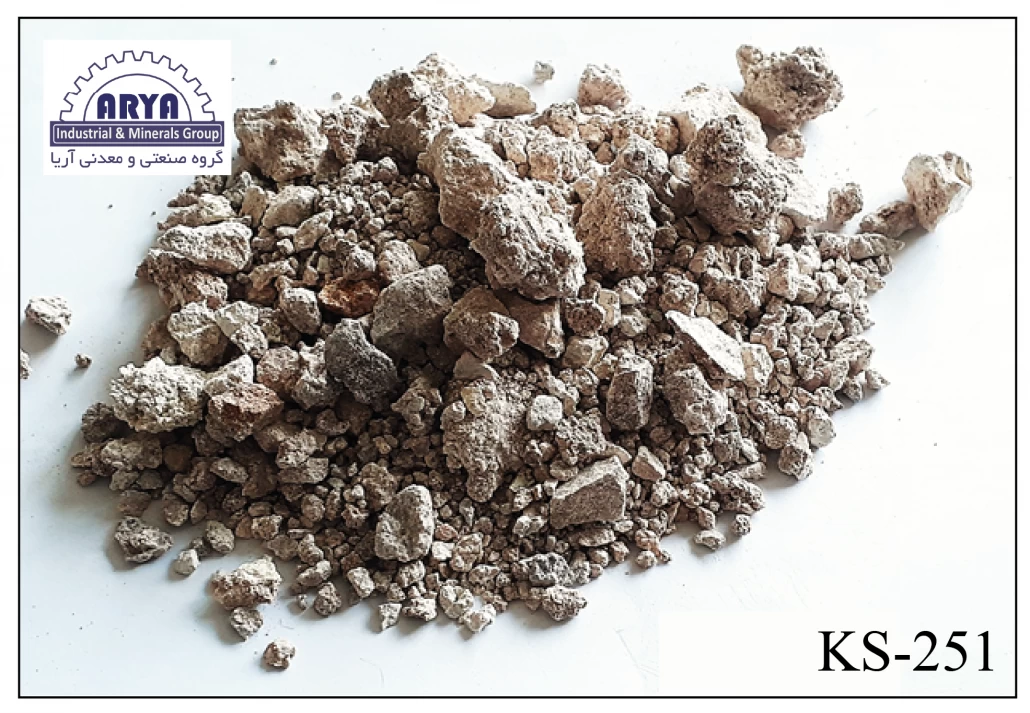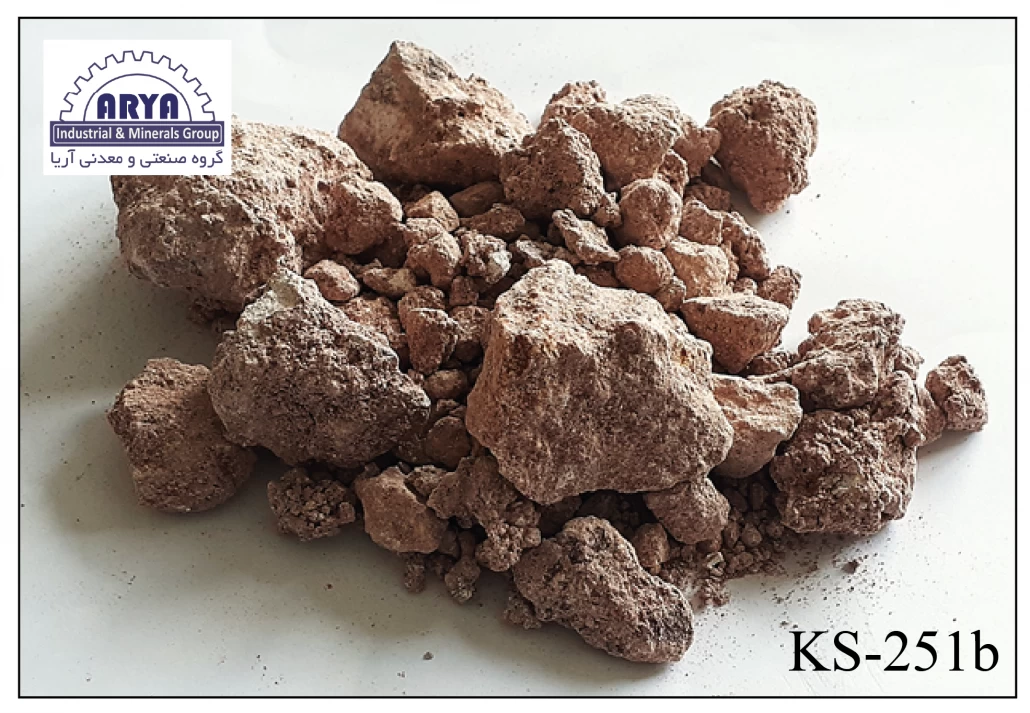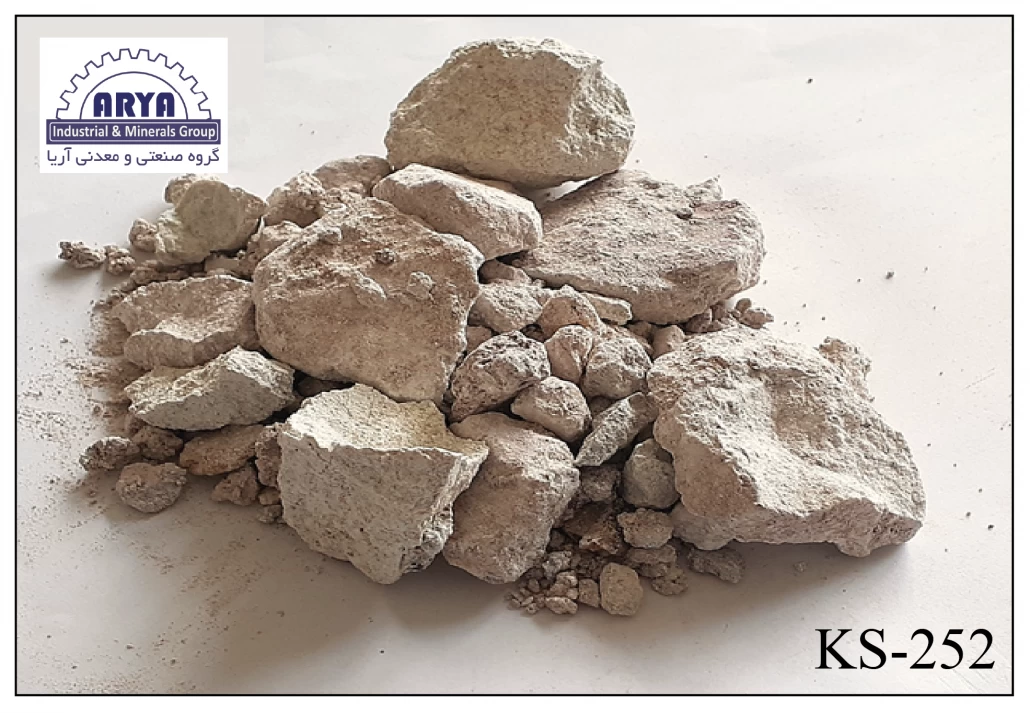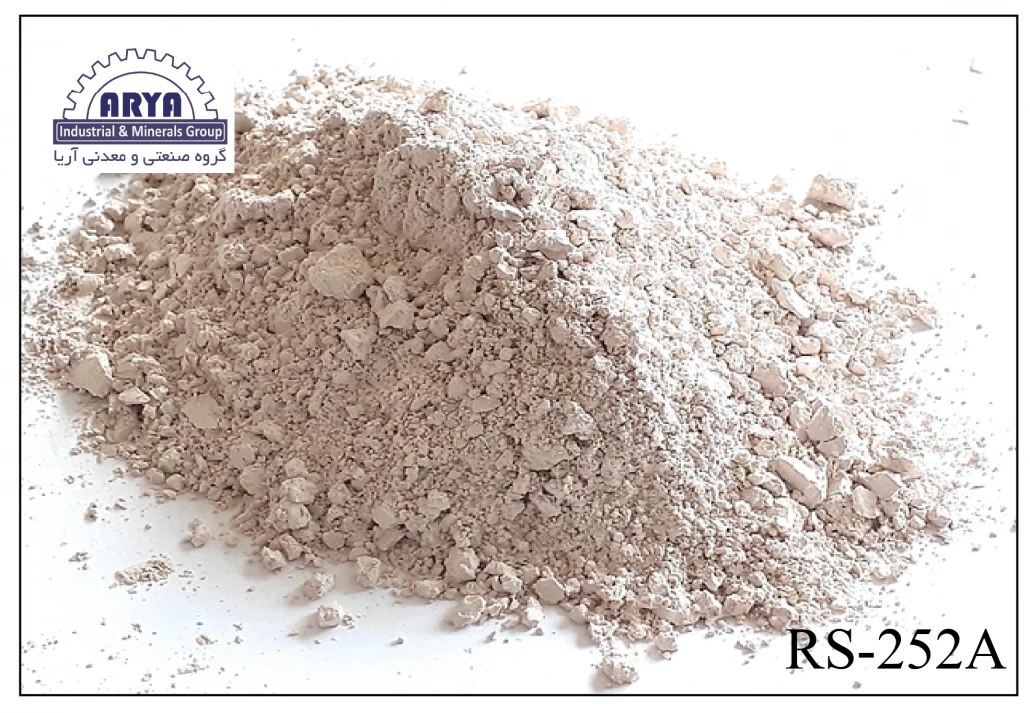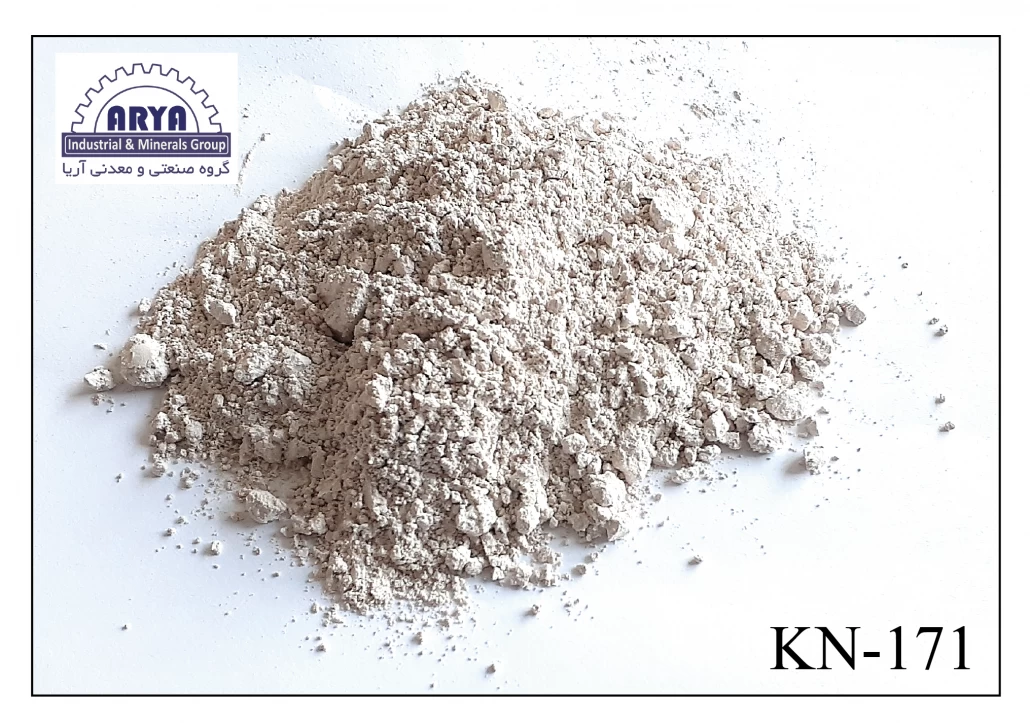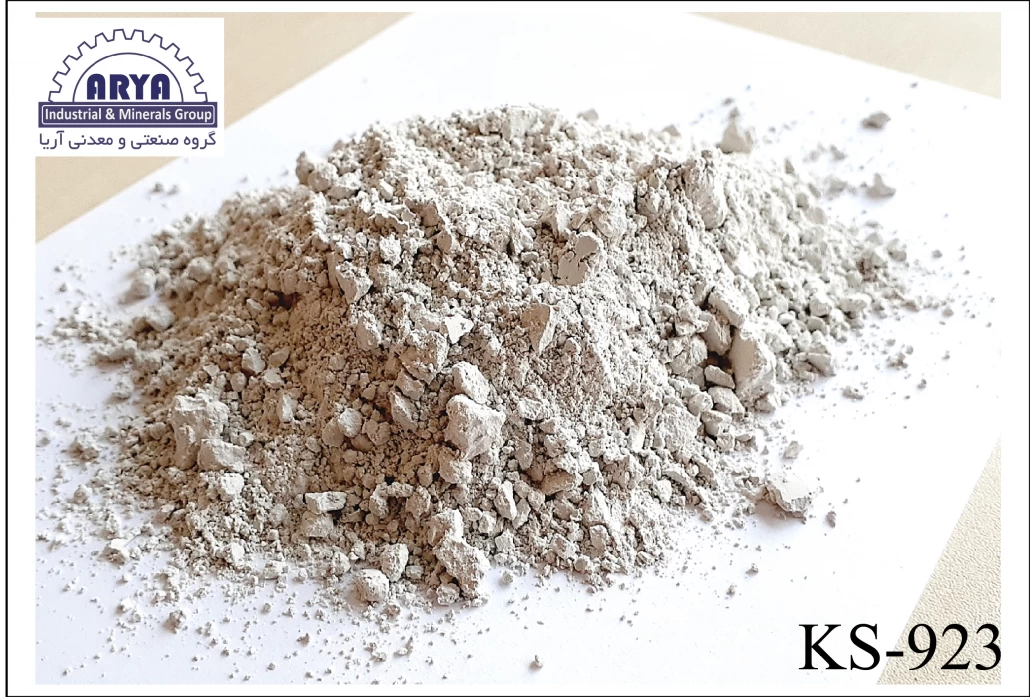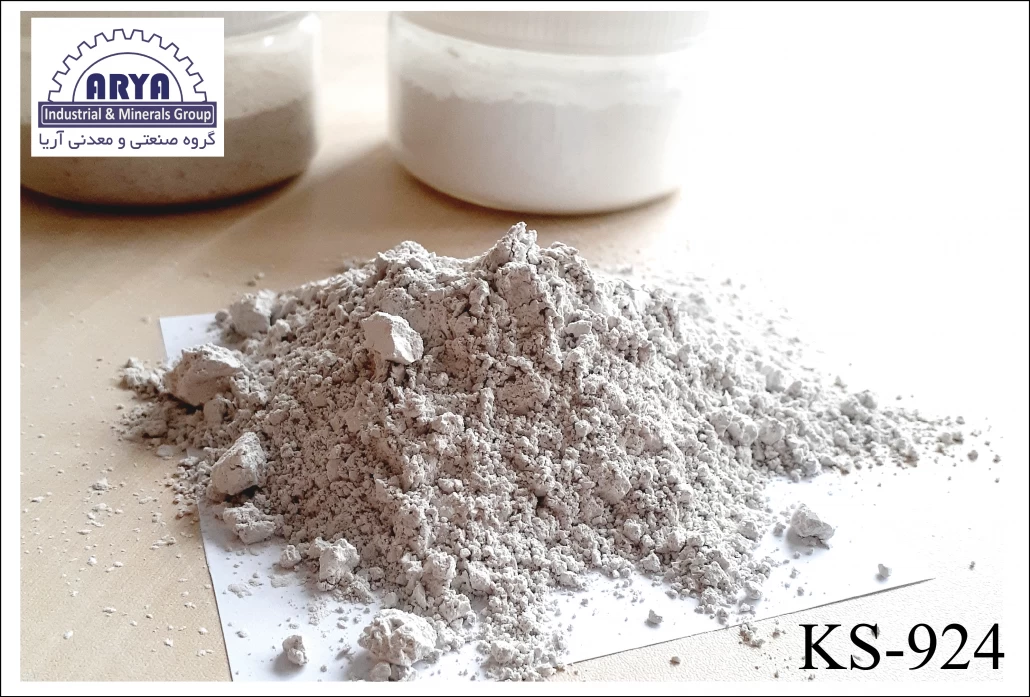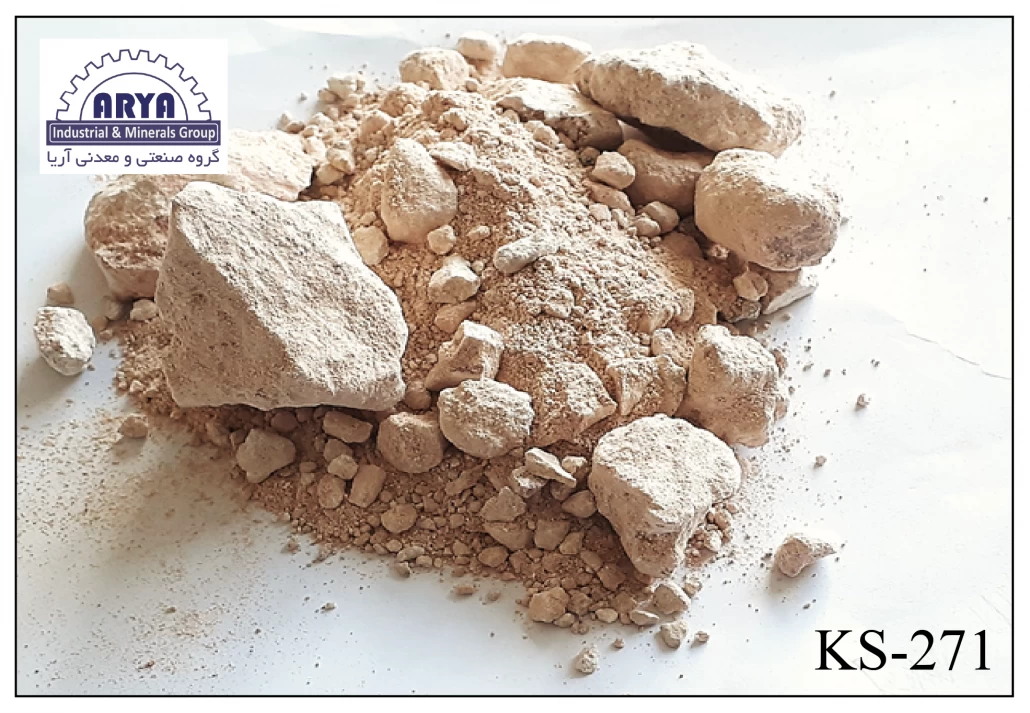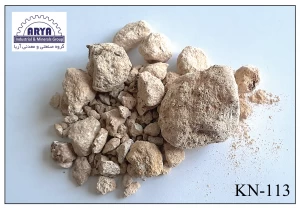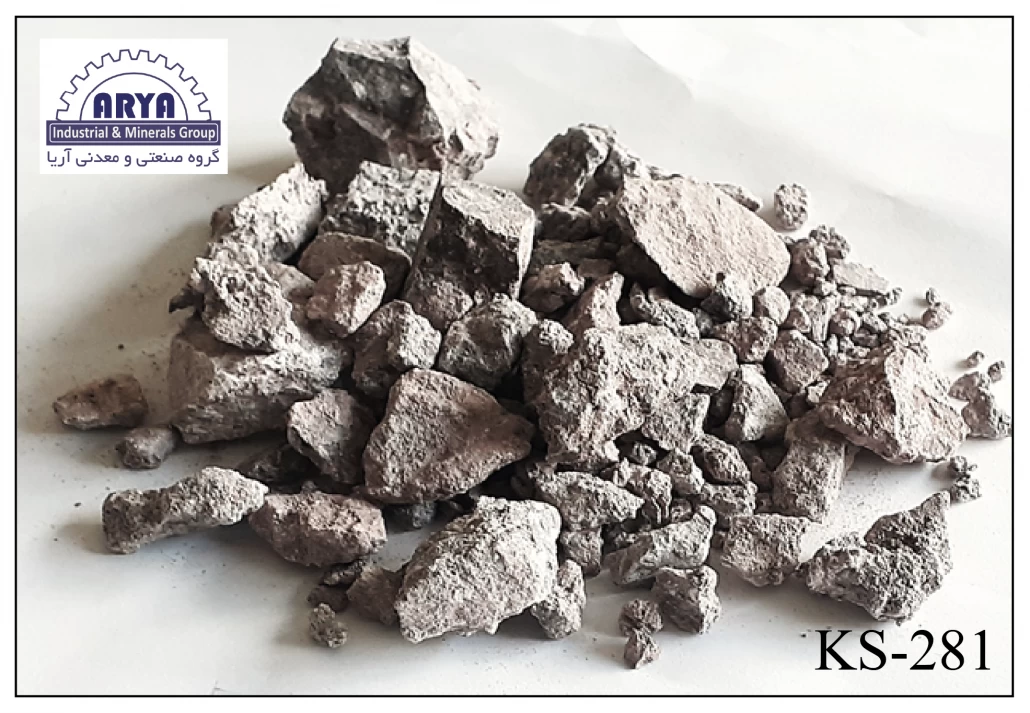mineral stone
Here are a few examples of common mineral stones:
1. Granite: A common igneous rock composed primarily of quartz, feldspar, and mica minerals.
2. Marble: A metamorphic rock composed primarily of calcite or dolomite minerals, often used for sculpture and building materials.
3. Limestone: A sedimentary rock composed primarily of calcium carbonate minerals, often used as a building material and in cement production.
4. Sandstone: A sedimentary rock composed primarily of sand-sized minerals and rock grains, often used in building materials and landscaping.
5. Slate: A metamorphic rock composed primarily of clay minerals, often used for roofing, flooring, and wall cladding.
These are just a few examples, and there are many other types of mineral stones found in nature, each with its unique composition, characteristics, and uses.
Gneiss is a metamorphic rock characterized by alternating layers of different minerals, giving it a banded or striped appearance.

Here are some key features and uses of gneiss:
1. **Formation:** Gneiss forms from the metamorphism of pre-existing rocks such as granite, schist, or sedimentary rocks like shale or sandstone. It undergoes intense heat and pressure deep within the earth's crust, causing minerals to recrystallize and align in layers.
2. **Composition:** Gneiss is composed of minerals such as quartz, feldspar, mica, and amphibole, which form alternating bands or layers of different colors and textures. These layers are often referred to as foliation or banding.
3. **Appearance:** Gneiss has a distinctive banded or striped appearance due to its alternating layers of different minerals. It comes in various colors, including shades of gray, white, black, pink, and red, depending on the composition of minerals present.
4. Durability: Gneiss is a durable and hard-wearing rock, making it suitable for various construction and landscaping applications. It is resistant to weathering, erosion, and deformation, making it a long-lasting building material.
5. Applications: Gneiss is commonly used as a building material for countertops, flooring, wall cladding, and paving. Its unique appearance and durability make it a popular choice for interior and exterior design projects, including residential and commercial applications.
6. Landscaping: Gneiss is also used in landscaping for decorative purposes such as retaining walls, garden paths, and rock gardens. Its natural beauty and durability make it an attractive option for outdoor projects.
Overall, gneiss is a versatile and durable metamorphic rock prized for its unique banded appearance and suitability for various construction and landscaping applications. Its distinct layers of minerals create a visually striking pattern that adds character and elegance to any space.


Basalt is a common extrusive igneous rock formed from the rapid cooling of lava exposed at or near the Earth's surface. Here are some key features and uses of basalt:
1. Formation: Basalt forms when magma erupts from volcanoes and cools quickly upon exposure to the air or water. This rapid cooling process results in the formation of fine-grained crystals, giving basalt its characteristic texture.
2. Composition: Basalt is primarily composed of minerals such as plagioclase feldspar, pyroxene, and olivine. It is typically dark in color, ranging from black to dark gray.
3. Texture: Basalt has a fine-grained texture, with individual mineral crystals too small to be seen with the naked eye. It often exhibits a porphyritic texture, with larger crystals (phenocrysts) embedded in a fine-grained matrix.
4. Appearance: Basalt is characterized by its dark color and often has a dense and uniform appearance. It may contain small vesicles or cavities formed by gas bubbles trapped during the cooling process.
5. Durability: Basalt is a durable and hard-wearing rock, making it suitable for various construction and landscaping applications. It is resistant to weathering, erosion, and chemical corrosion, making it a long-lasting building material.
6. Applications: Basalt is commonly used as a building material for construction projects such as road pavement, railway ballast, and concrete aggregates. It is also used as a decorative stone in landscaping for features like retaining walls, garden pathways, and water features.
7. Cultural and Historical Significance: Basalt has been used for thousands of years by civilizations around the world for building purposes, including the construction of monuments, statues, and architectural structures.
Overall, basalt is a versatile and durable igneous rock prized for its strength, durability, and suitability for various construction and landscaping applications. Its dark color and fine-grained texture make it a popular choice for both practical and aesthetic purposes in the built environment.
 Quartzite is a metamorphic rock formed from sandstone under high heat and pressure. Here are some key features and uses of quartzite:
Quartzite is a metamorphic rock formed from sandstone under high heat and pressure. Here are some key features and uses of quartzite:
1. Formation: Quartzite forms from the metamorphism of sandstone, which occurs when sandstone is subjected to intense heat and pressure deep within the Earth's crust. During this process, the quartz grains in the sandstone recrystallize and fuse together, resulting in the formation of quartzite.
2. Composition: Quartzite is primarily composed of quartz grains, which are typically fused together by silica cement. It is known for its high quartz content, giving it a durable and hard-wearing nature.
3. Appearance: Quartzite has a granular texture and typically appears in shades of white, gray, beige, or pink. It often features swirling patterns and veins caused by the recrystallization of quartz grains during metamorphism.
4. Durability: Quartzite is one of the hardest natural stones, making it highly resistant to scratching, staining, and etching. It is suitable for various indoor and outdoor applications, including countertops, flooring, wall cladding, and paving.
5. Applications: Quartzite is commonly used as a building material for countertops, flooring, and wall cladding in kitchens, bathrooms, and other interior spaces. It is also used for outdoor applications such as paving, landscaping, and facade cladding due to its durability and resistance to weathering.
6. Versatility: Quartzite's natural beauty, durability, and versatility make it a popular choice for a wide range of design styles, from traditional to contemporary. Its elegant appearance and durability make it suitable for both residential and commercial projects.
Gneiss is a metamorphic rock characterized by alternating layers of different minerals, giving it a banded or striped appearance.



Basalt is a common extrusive igneous rock formed from the rapid cooling of lava exposed at or near the Earth's surface. Here are some key features and uses of basalt:
 Quartzite is a metamorphic rock formed from sandstone under high heat and pressure. Here are some key features and uses of quartzite:
Quartzite is a metamorphic rock formed from sandstone under high heat and pressure. Here are some key features and uses of quartzite:FAQs
What is an igneous rock?
A common igneous rock composed primarily of quartz, feldspar, and mica minerals.
Where are mineral stones found?
mineral stones found in nature, each with its unique composition, characteristics, and uses.
What does gneiss rock look like?
gneiss is a versatile and durable metamorphic rock prized for its unique banded appearance .
Where is basalt stone used?
basalt is a versatile and durable igneous rock prized for its strength, durability, and suitability for various construction and landscaping applications.
 +7929688-88-14
+7929688-88-14

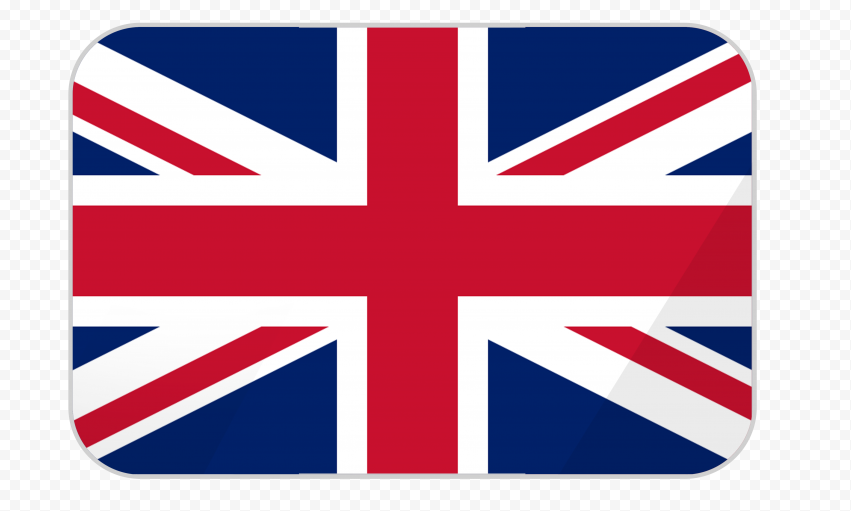 English
English
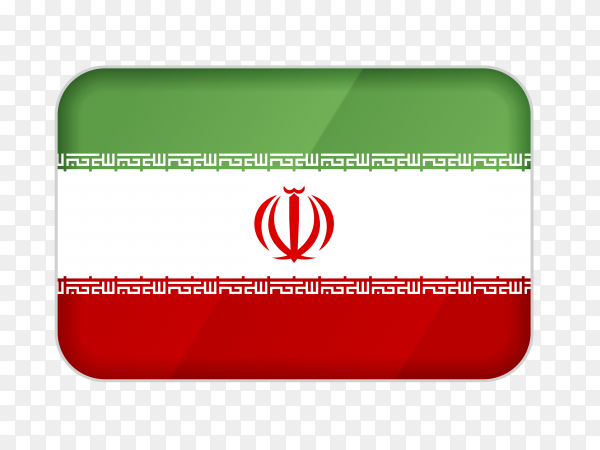 Persian
Persian
 Russian
Russian
 Chinese
Chinese


 +7929688-88-14
+7929688-88-14

